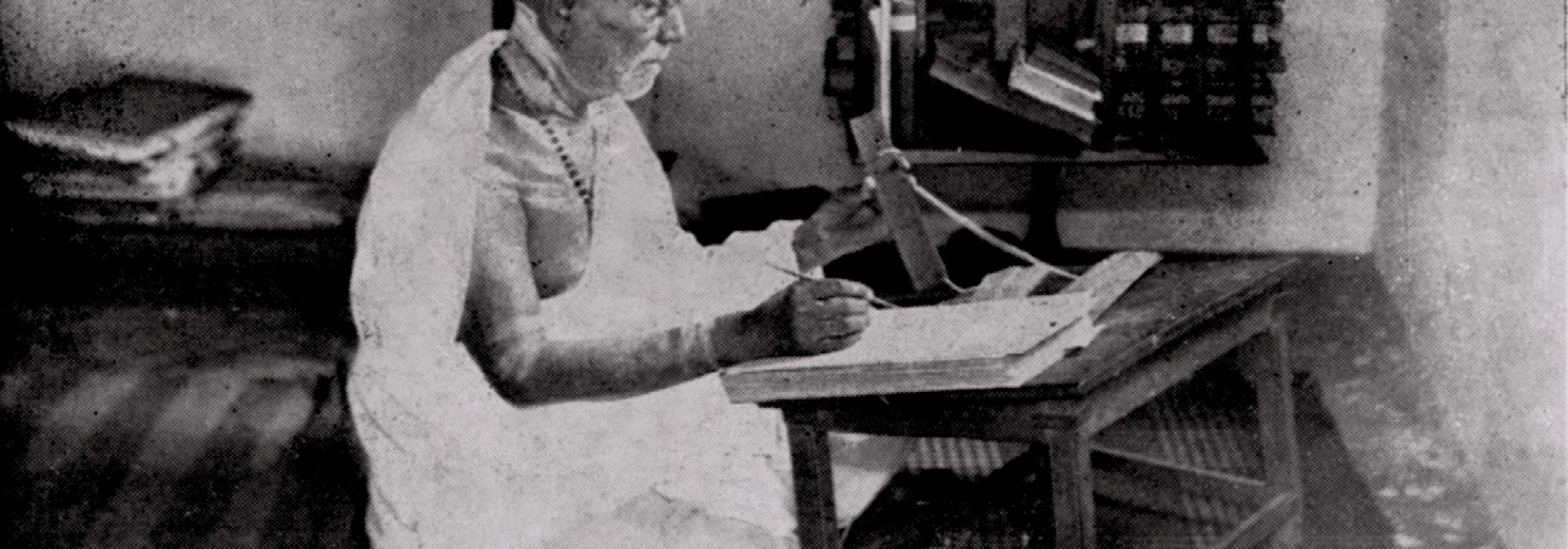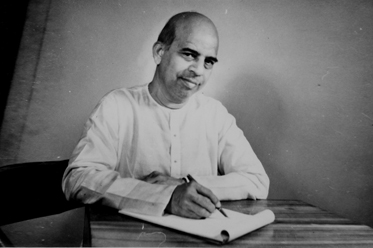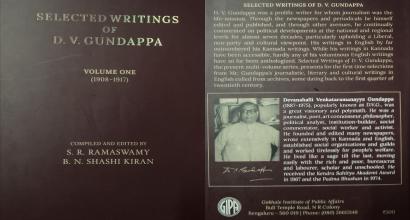Although several Western scholars have “studied” our culture well, they continue to remain ignorant about its various nuances on numerous occasions. We can cite plentiful examples for this beginning with William Jones (a multilingual scholar who for the first time translated a Sanskrit work—Kalidasa’s Shakuntala—into English about two hundred and thirty years ago[i]) up to the likes of Sheldon Pollock. Several really decorated scholars like Max Mueller, Monier Williams, Arthur Berriedale Keith, Weber, Rhys Davids, and A.K. Warder tumble by the wayside in the most fundamental aspects when their scholarship is set against a sharp touchstone. It would require an entire thesis to provide instances for all these. Thus, there’s no space for such elaboration here.
Such instances of omission and error have occurred on numerous occasions not merely due to ignorance but out of deliberate bias. More importantly, a combination of sectarian, racial, political, linguistic and cultural prejudices have led to the emergence of deliberately (or rather maliciously) distorted expositions and interpretations characterized. We need to carefully examine the merits or otherwise of all these in consonance with the fundamental precept of Bharata’s (philosophical and cultural) sensibilities rooted in universal experience. We must especially not be indifferent towards some insights and technicalities that we’ve obtained from Western scholars.
Given this, how right is it to assume that everything that Western scholars have written about our language and culture are objective excogitations from people who came here and studied these out of their own self-interest, and as pronouncements of the Enlightened, and wear it as a crown on our head?
But then there’s no dearth of scholars of our own country who have made our culture a casualty of distorted scholarship. They chiefly fall into two categories. The first holds religious and nationalistic zeal as paramount and upholds its respective faith and nationalism with no basis in either logic or experience. In the same manner, the other rejects the fundamental Indian (cultural) sensibility itself. There’s also a third category which criticizes and opposes the former two, claims that it’s solely endowed with objectivity and wisdom, and that it serves our culture in some other manner. For the most part, this category is just another face of the second. Given this, where’s the place for deliverance?
The main reason for such distortions or narrow interpretations is the fact that the respective scholars haven’t lived their chosen field of study. To make it clearer, our study must course throughout our mind, speech, and body. The erudition that’s required for attaining this state must be earned by those labouring in said disciplines.
When examined in this light, it won’t be incorrect to say that post-Independence scholars in Indological studies don’t possess the sort of spread and sweep of scholarship that pre-Independence scholars did. Notably, it wasn’t rare for scholars of that period to be multifaceted talents, multilingual experts, and multidisciplinary authorities. Although today there exist scholars who are talented, are skilled and multifarious expositors, and are well-exposed to several disciplines, there are very few, if any, who are deeply learned, insightful and penetrating scholars.
Indeed, there stands a long line of hundreds of scholars of the previous generation such as Ananda K Coomaraswamy, S. Srikanta Sastri, M. Govinda Pai, Karlamangalam Srikantayya, Ambale Venkatasubbayya, Hazariprasad Dwivedi, Vasudevasharan Agarwal, Pandurang Vaman Kane, Gopinath Kaviraj, Baladeva Upadhyaya, Suniti Kumar Chatterjee, M. Hiriyanna, Kuppuswami Sastri, V.Raghavan, Sediyapu Krishna Bhatta, K. Krishnamurthy, U.V. Swaminatha Iyer, and so on. The manner in which these scholars had digested and could command at will their knowledge of innumerable Indian disciplines such as manuscriptology, palaeography, inscriptionology, grammar, philosophy, aesthetics, customs and traditions, religions and sects, and art forms is unparalleled.
But today, the fashion seems to be to blindly believe secondary sources—even here, not studying them carefully—and then to cross-pollinate newer and newer hypotheses and guesses churned out by Western universities (chiefly, America, England, France, and till recently, academic chairs in the erstwhile Soviet Bloc) merely for the sake of novelty in sophism, with respect to language, culture, society, psychology, politics, and art forms with philosophies and precepts of our country. The tragedy of our land is the fact that an over-enthusiastic circus of exposition has assumed centre stage today. Such immature and unlearned prefaces have become deluges mainly because the objective is to secure positions.
The pitiable phenomenon of the scholarly world of today’s India is the fact that the number of gallants who can read primary sources in depth in the native language and then realize the worth or otherwise of the values propounded therein by living a life of integrity is scarce. That doesn’t mean all is lost. We still have people like Prof. T.V. Venkatachala Sastry, Dr. Kapila Vatsyayana, Dr. R. Satyanarayana, Mahamahopadhyaya (the late) N. Ranganatha Sharma, Vidwan (the late) Sheshachala Sharma and (the late) Sri Sri Rangapriya Mahadesika amongst us.[ii] But the question is: who are their heirs?
The purpose of all this elaboration is this: we will never obtain the insights and subtleties of any culture unless we live them. The efforts that we expend in order to attain the said insights is the result of sustained practice, akin to Tapas. Ananda K Coomaraswamy had attained mastery in more than thirty languages. But in the list that he himself wrote on the matter, there was no mention of the Chinese language. On occasion, when his son Dr. Rama Coomaraswamy spotted him perusing a work in Chinese and asked him why he hadn’t included it in the list despite knowing it, Ananda Coomaraswamy said: “When I’m studying a work of a language, which requires me to rely more and more on the dictionary, I consider that I don’t know that language.” How many people have this kind of illuminating sensitivity arising from insight, nourished by expertise and scholarship?
In the Indian tradition, the word “Acharya” commands great respect. The derivation of this word is noteworthy:
AchinOti ca shAstrArThAn AcArE sThApayatyapi |
swayamAcaratE yasmAdAcAryastena cOcyatE ||
(Apastamba Dharmasutra: 1-2-6-13)
Accordingly, an “Acharya” is one who not only comprehensively consolidates the information and essence of a Shastra and assimilates it (within himself), but also establishes its structure and substance in the tradition. Not just that, he also harmonizes its eternal values in his own life.
When we consider this, it becomes evident as to the kind of people who we can regard as a standard. Therefore, the phenomenon of being swayed by the fiascos in our understanding will go away. I’m reminded of a poem in the chAtu style composed by one of the towering scholars of our time, (the late) Acharya Pullela Sriramachandrudu from Hyderabad:
kEtlAgapaMDitAh kecit pITikApaMDitAh parE|
kEcit paMDitAnAmagnAh sarvE saMskrutapaMDitAh ||
—Sri RamachandralaghukAvyasaMgrah, Page 40
Some are but catalogue Pandits, some Foreword Pandits. Others are Pandits by name. Thus, all are Sanskrit Pandits.
This is the fate of all branches of learning. There are several people who are inspired by some line in some book by some author and begin to philosophize eloquent as if they’ve understood the heart of that work. Given this, what’s the value of a scholarship that’s not put in practice?
Postscript: In this context, it is relevant to interrogate the scholarship of some Western scholars who unleashed a tempest with their wild and licentious theorizing about Lord Ganapati, Ramakrishna Paramahamsa and others.
This is the translation of the author's original Kannada article titled "Jnanapurvaka anushtaanave vaidushyada oregallu" translated into English by Sandeep Balakrishna.
Notes:
[i] This article was first published in 2002 in the Vijaya Karnataka daily.
[ii] The scholars mentioned as (the late) were alive when the original Kannada essay of the author was published first in 2005 in book form.










































Comments